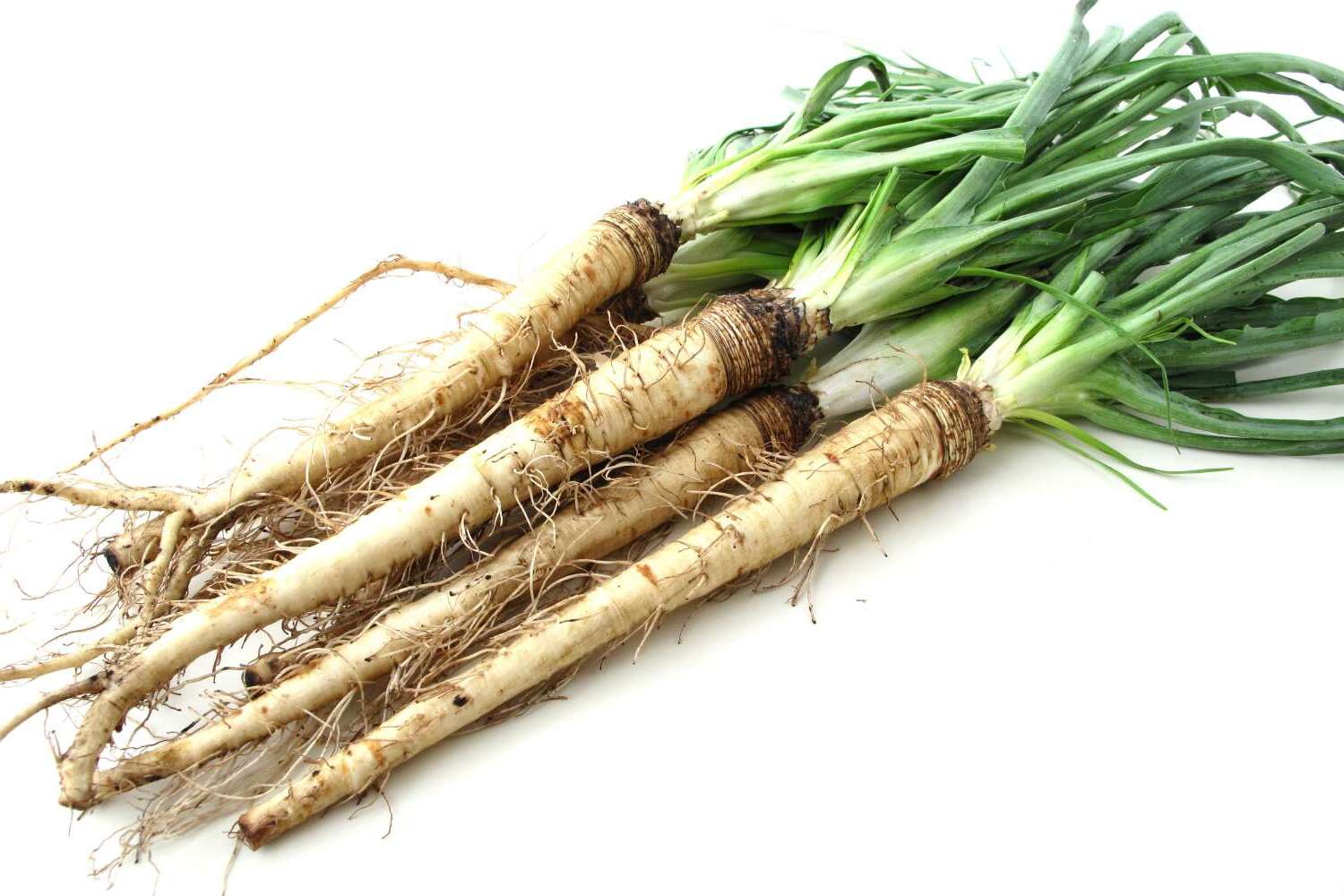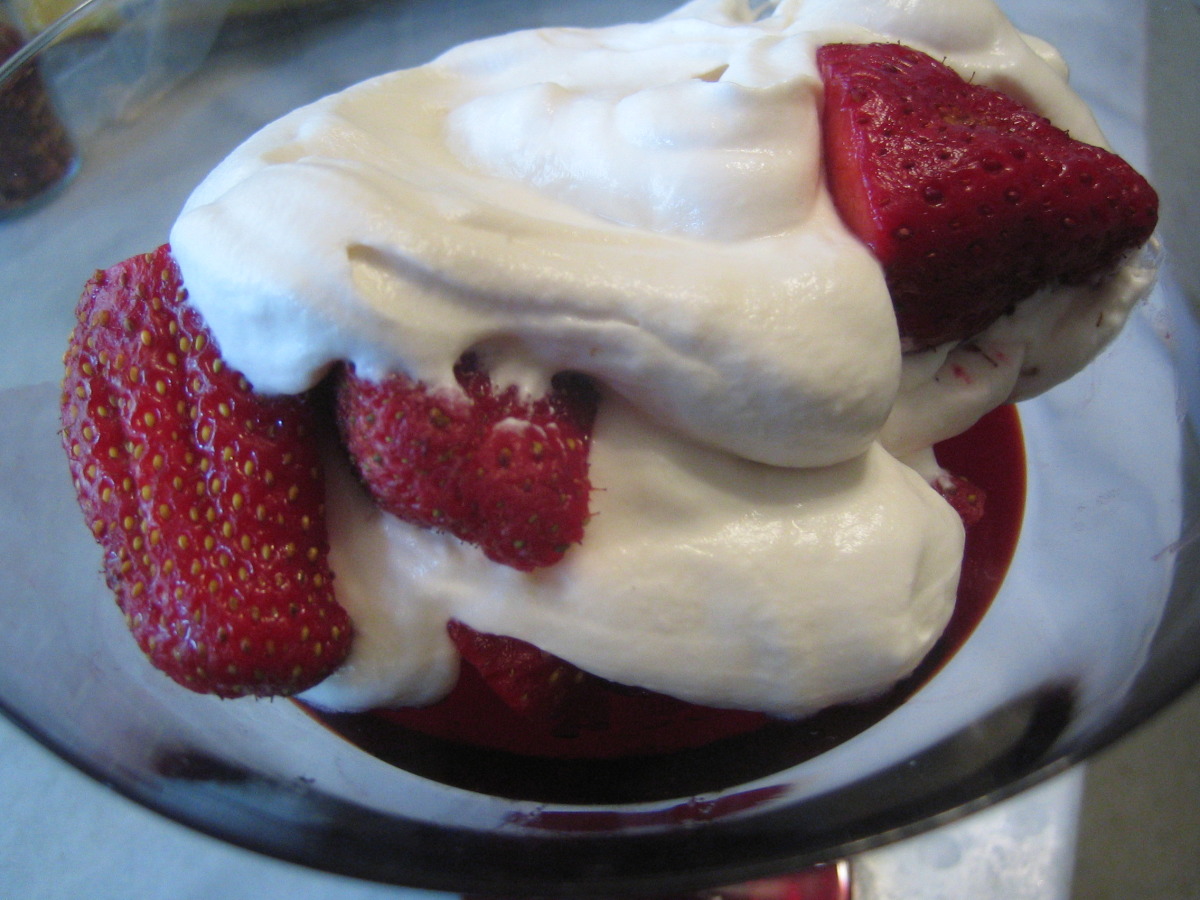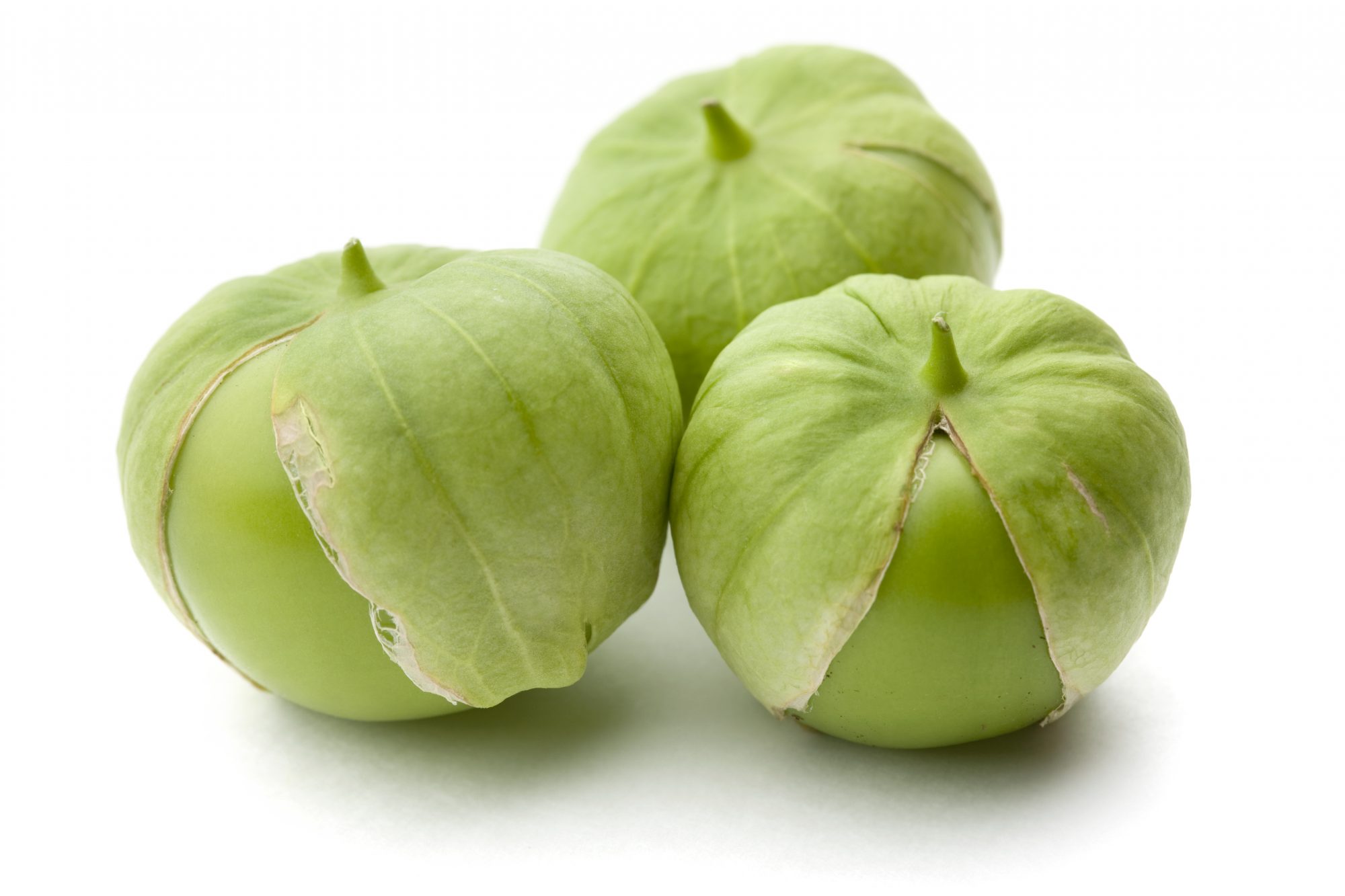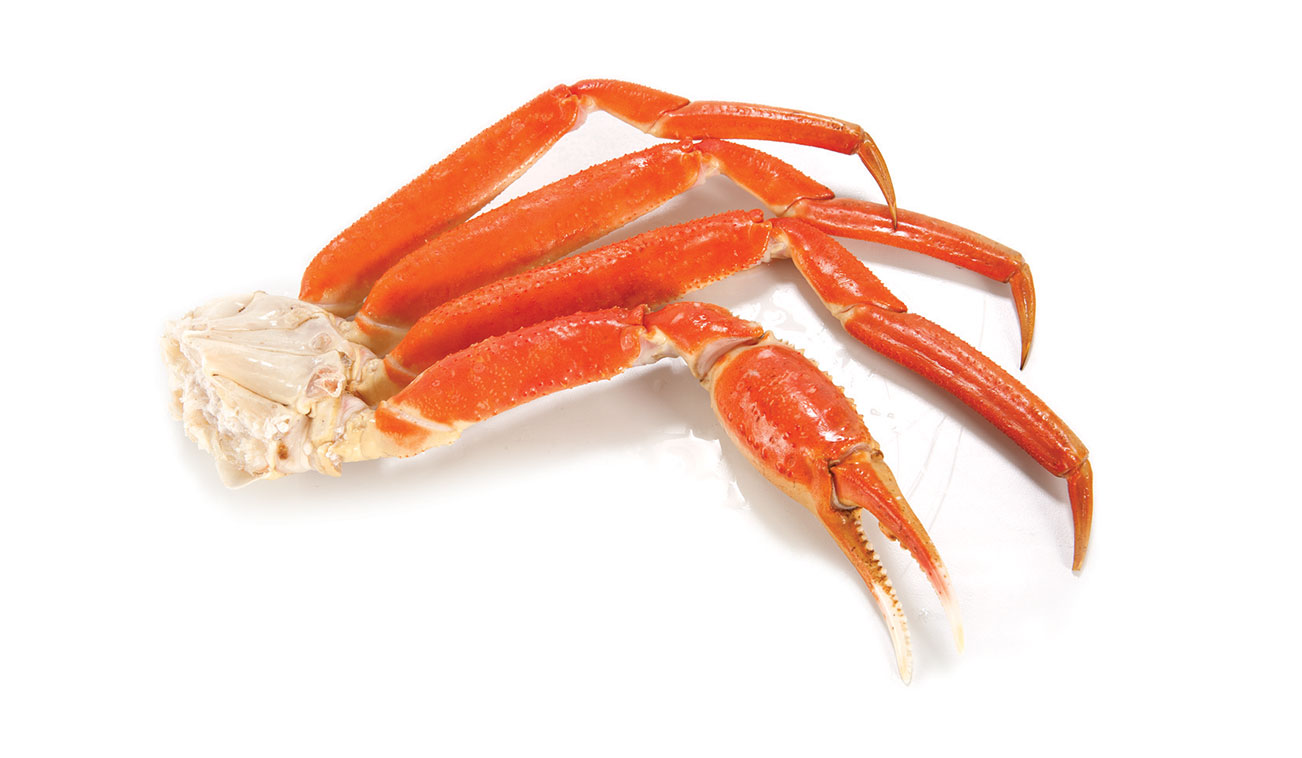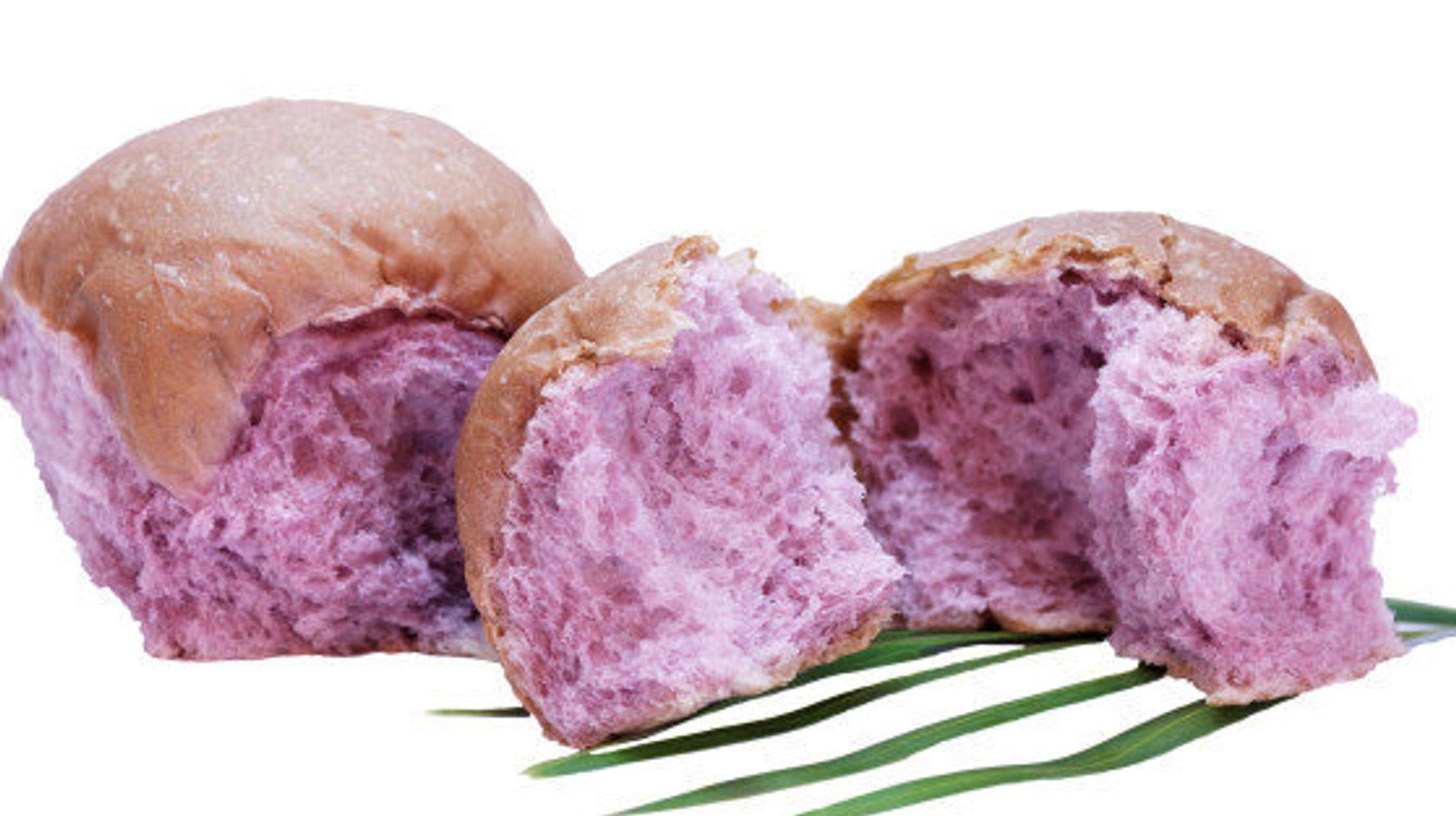Discovering the Delightful Sfogliatelle
Have you ever heard of Sfogliatelle? If not, you’re in for a treat! Sfogliatelle is a delicious Italian pastry that has been delighting taste buds for centuries. Let’s dive into the world of this delectable treat and uncover what makes it so special.
Origins of Sfogliatelle
Sfogliatelle originated in Italy, specifically in the region of Campania. The pastry is believed to have been created in a monastery in the 17th century, making it a time-honored tradition in Italian baking.
What Makes Sfogliatelle Unique?
Sfogliatelle is known for its distinctive shell shape and flaky, layered texture. The pastry is typically filled with a rich, creamy mixture of ricotta cheese, sugar, and citrus flavorings, creating a perfect balance of sweetness and tanginess.
There are two main variations of Sfogliatelle:
- Sfogliatella Riccia: This version features a flaky, layered pastry shell that resembles a shell or lobster tail.
- Sfogliatella Frolla: In this variation, the pastry is made with a smoother, shortcrust-like dough and is often shaped into a round, shell-like form.
How Sfogliatelle is Enjoyed
Sfogliatelle is often enjoyed as a breakfast pastry or as a sweet treat with coffee or tea. It’s also a popular dessert choice, especially during special occasions and celebrations. Whether enjoyed fresh from the bakery or homemade with love, Sfogliatelle never fails to impress with its delightful flavors and textures.
Where to Find Sfogliatelle
If you’re eager to try Sfogliatelle for yourself, you can typically find it at Italian bakeries, pastry shops, and specialty food stores. Some restaurants may also feature Sfogliatelle on their dessert menus, offering a taste of Italy’s culinary heritage.
Conclusion
Sfogliatelle is a true masterpiece of Italian pastry-making, with its flaky layers, creamy filling, and rich history. Whether you’re a fan of sweet pastries or simply curious about exploring new flavors, Sfogliatelle is a must-try delicacy that embodies the essence of Italian culinary tradition.
Next time you’re craving a delightful pastry experience, consider indulging in the irresistible allure of Sfogliatelle. Your taste buds will thank you!
Was this page helpful?
Read Next: What Is A Substitute For Madeira Wine?

